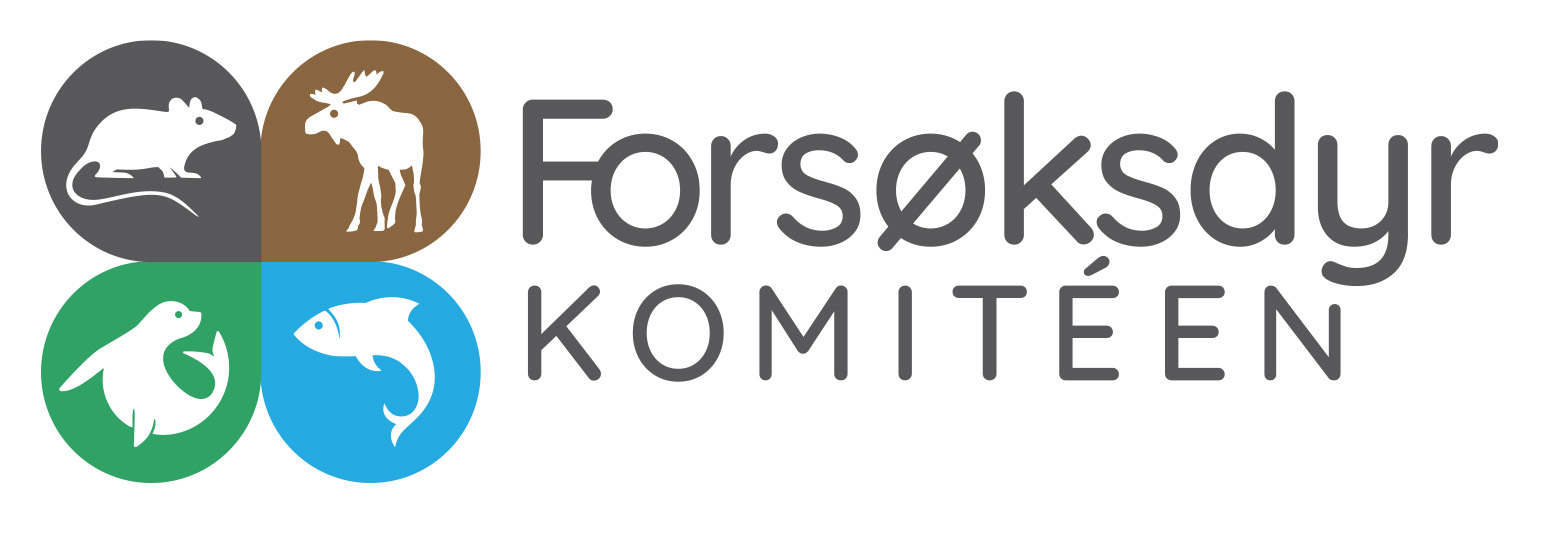
Harm-Benefit-analyse
Sitter du i en dyrevelferdsenhet og trenger noen nyttige tips? En av Forsøksdyrkomiteens oppgaver er å dele faglig informasjon og på spørreundersøkelsen vi gjennomførte i 2019 svarte dyrevelferdsenhetene overveldende at dere trenger mer informasjon. Derfor har Forsøkskomiteen laget en rekke korte nyhetssaker med tips til dyrevelferdshetene om hvordan de kan gjennomføre kvalitetssikring av søknadene på best mulig måte.
Å gjennomføre en harm-benefit-analyse kan være nyttig når du kvalitets sikrer en søknad:
Når man gjør en vurdering om et dyreforsøk skal gjennomføres eller ikke, skal man vurdere all belastning (harms) som dyret må gå igjennom opp mot fordelene (benefits) som forskningen kan oppnå. Men hvordan gjør man dette på en korrekt og objektiv måte? I 2016 publiserte en arbeidsgruppe for AALAS og FELASA en metode for dette. Dette er et enkelt system hvor man blir ledet gjennom en liste av de viktigste temaene og hvordan man skal gradere dem.
Les artiklene om harm-benefit-analysen: https://journals.sagepub.com/doi/pdf/10.1177/0023677216642398 og https://journals.sagepub.com/doi/pdf/10.1177/0023677216642397
English:
Tips for the animal welfare body: Harm-Benefit-analysis.
Are you in an animal welfare body and need some good tips? One of the tasks of the Norwegian national committee for the protection of animals used for scientific purposes is to share knowledge and in the survey we conducted in 2019 the animal welfare bodies answered overwhelmingly that you want more information. Therefore, the committee have produced a set of short news pieces including tips for the animal welfare bodies on how to conduct the quality control of the applications in the best way.
Performing a harm-benefit-analysis can be useful when conducting the quality control of an application:
When assessing whether or not a laboratory animal experiment should be carried out, you should take into account all the harms the animal have to endure, against the benefits the research can gain. But how can you do this in an appropriate and objective way? In 2016 a working group for AALAS and FELASA published a method for this. It is a simple system where you are guided through a list of all the most important themes and how to grade them.
To learn more about harm-benefit-analysis, read the articles: https://journals.sagepub.com/doi/pdf/10.1177/0023677216642398 and https://journals.sagepub.com/doi/pdf/10.1177/0023677216642397.
